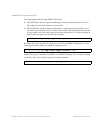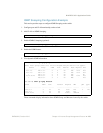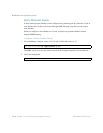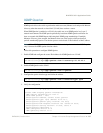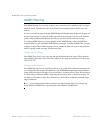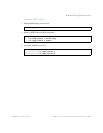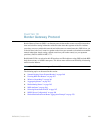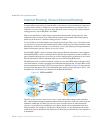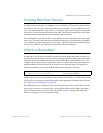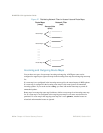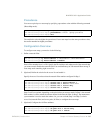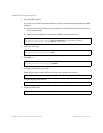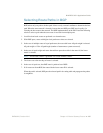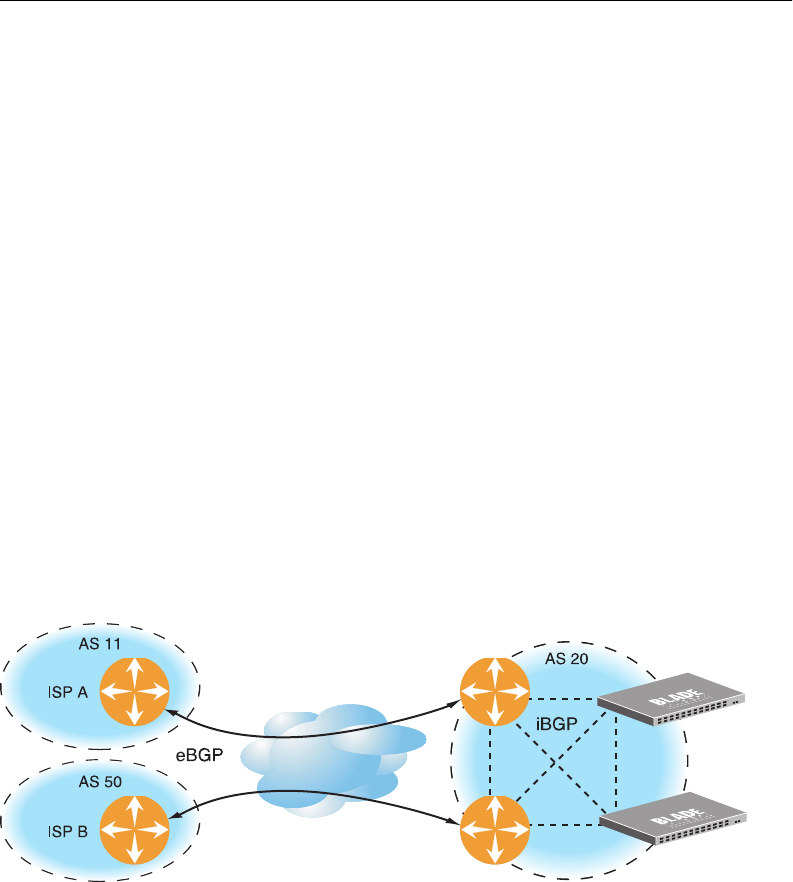
BLADEOS 6.5.2 Application Guide
260 Chapter 19: Border Gateway Protocol BMD00220, October 2010
Internal Routing Versus External Routing
To ensure effective processing of network traffic, every router on your network needs to know how
to send a packet (directly or indirectly) to any other location/destination in your network. This is
referred to as internal routing and can be done with static routes or using active, internal dynamic
routing protocols, such as RIP, RIPv2, and OSPF.
Static routes should have a higher degree of precedence than dynamic routing protocols. If the
destination route is not in the route cache, then the packets are forwarded to the default gateway
which may be incorrect if a dynamic routing protocol is enabled.
It is also useful to tell routers outside your network (upstream providers or peers) about the routes
you can access in your network. External networks (those outside your own) that are under the same
administrative control are referred to as autonomous systems (AS). Sharing of routing information
between autonomous systems is known as external routing.
External BGP (eBGP) is used to exchange routes between different autonomous systems whereas
internal BGP (iBGP) is used to exchange routes within the same autonomous system. An iBGP is a
type of internal routing protocol you can use to do active routing inside your network. It also carries
AS path information, which is important when you are an ISP or doing BGP transit.
The iBGP peers have to maintain reciprocal sessions to every other iBGP router in the same AS (in
a full-mesh manner) in order to propagate route information throughout the AS. If the iBGP session
shown between the two routers in AS 20 was not present (as indicated in Figure 26), the top router
would not learn the route to AS 50, and the bottom router would not learn the route to AS 11, even
though the two AS 20 routers are connected via the RackSwitch G8124.
Figure 26 iBGP and eBGP
Typically, an AS has one or more border routers—peer routers that exchange routes with other
ASs—and an internal routing scheme that enables routers in that AS to reach every other router and
destination within that AS. When you advertise routes to border routers on other autonomous
systems, you are effectively committing to carry data to the IPv4 space represented in the route
being advertised. For example, if you advertise 192.204.4.0/24, you are declaring that if another
router sends you data destined for any address in 192.204.4.0/24, you know how to carry that data to
its destination.
Internet
Internet



